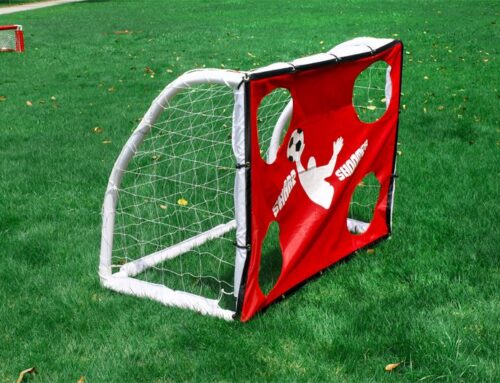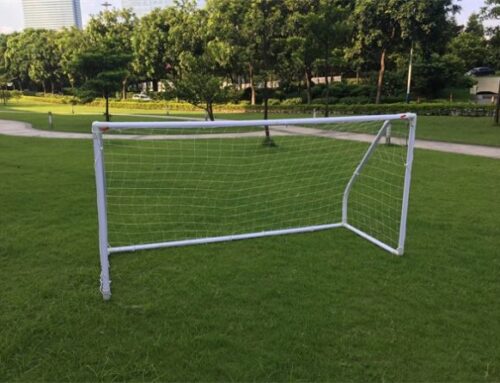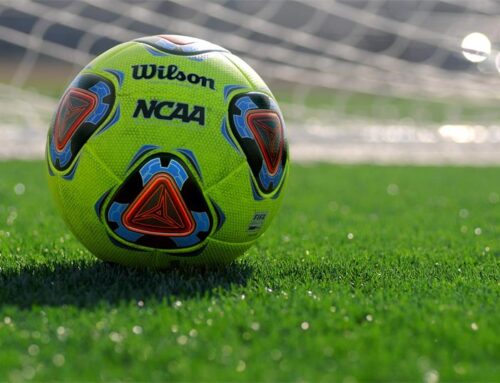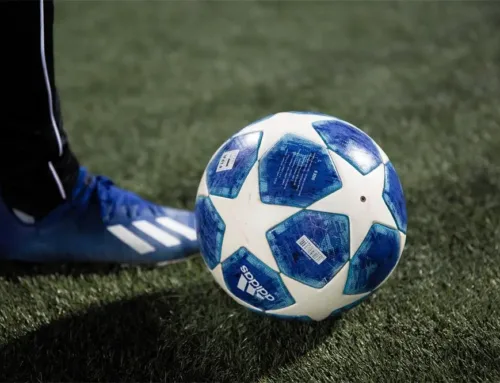
Looking at the rapid dribbling and shooting actions of the football stars, have you ever paid attention to the football shoes on their feet? It should be known that without these shoes, football stars would lose much of their charm. There are many types of football shoes, which can be used for artificial grass, hard ground, floor, soft ground, etc. Currently, the main materials for the uppers of football shoes are kangaroo leather, cowhide, artificial fiber, fabric, etc. In addition, the material of the sole of football shoes also includes TPU, nylon, carbon fiber, rubber, etc. Let’s take a look at Which material is best for football boots? and what material is the sole of football shoes?
Which material is best for football boots?
When buying football shoes, the material of the football shoes is something that is easily overlooked by everyone, but in fact, the material of the football shoes has a great impact on the performance of the football shoes. There are many materials for football shoes, so what material is good for football shoes?
Kangaroo leather
This is the most distinctive material for football shoe uppers. Kangaroo leather was once the top symbol for a long time and some players still believe that non-kangaroo leather football shoes are not top-level or even not truly professional football shoes. The characteristics of kangaroo leather are soft, thin, tough, breathable, and relatively better waterproof performance, which is recognized as the best natural leather on earth. It is most suitable for football shoes that require intense combat, high tearing strength, better touch, waterproofing, and breathable performance. However, due to the small size of the kangaroo itself and the fact that it is a combative animal, there are not many parts of the original skin that can be used to make football shoes, and only kangaroo leather is exported from Australia, so the production cost of kangaroo leather football shoes is relatively high and the price is relatively expensive. The disadvantages of kangaroo leather are also reflected in its too softness which is prone to collapse or excessive stretching, which means that it is easy to deform or get larger after actual use, and the wrapping feeling is greatly reduced; it is easy to glue, and the service life is relatively short.
Cowhide
In the past, cowhide was generally used on non-top-level soccer shoes, mainly because cowhide also has a good soft touch and good breathability, and the raw material cost is low. In recent years, due to the sharp increase in the cost of kangaroo leather raw materials, many brand manufacturers have replaced kangaroo leather with tanned cowhide or calfskin for use on top-level soccer shoes. Currently, the tanning technology of leather manufacturers has reached the pinnacle, and they have been able to make the texture of tanned cowhide or calfskin infinitely close to kangaroo leather. However, the toughness and waterproofness of cowhide are always less than kangaroo leather, which is more obvious in actual combat, and it is relatively easier to deform, peel off the surface and loosen.
Artificial fibers
The application of artificial fibers on soccer shoes is to make up for the shortcomings of natural leather, for example, although natural leather has a good soft touch, it has poor force; natural leather is easily deformed in actual combat; natural leather is not suitable for rain combat; natural leather is easily opened and has poor durability; natural leather is not suitable for adding too many patterns, colors, coatings or auxiliary designs on the surface because it is easy to peel off. After many years of development, the artificial fibers of soccer shoes can not only make up for the many shortcomings of natural leather, but also have basically simulated all the advantages of natural leather, and are more durable and lower in raw material cost. The trend of artificial fibers gradually replacing natural leather is the development trend of soccer shoes. Of course, artificial fiber fabrics also have different levels corresponding to different levels of soccer shoes. We generally call good artificial fibers as ultrafilters and poor ones PU. Finally, it is worth mentioning that poor breathability is a prominent problem of most artificial fibers.
In the past two years, fabric football shoes have sprung up like mushrooms after rain, aiming to provide the most natural barefoot sensation. Nike Venom and Ghost are two of the most representative models. Before we could not imagine how fabrics could be applied to football shoes, because we were concerned the fabrics would be able to withstand such a high-intensity confrontation, but times have changed. Hypervenom’s Nikeskin fabric uses a special weaving method to create a three-dimensional concave-convex pattern, which is covered and fixed with a hot-melt film; While Ghost Brand uses Flyknit yarn to provide a sock-like fit, the surface layer still relies on hot-melt film for strength.
Fabric
In the past two years, fabric football shoes have emerged like bamboo shoots after rain, aimed at providing the most natural barefoot feeling. The most representative ones are Nike’s Mercurial and Ghost. It used to be difficult to imagine how fabric could be applied to football shoes because of concerns about whether fabric could withstand the high intensity of football, but the era of change has arrived. First, is Mercurial’s NikeSkin fabric, which presents a three-dimensional texture on the shoe surface through a special weaving method and is fixed with a hot melt film; while Ghost breaks through by using Flyknit yarn, providing a fit like a sock, of course, the surface still needs to be enhanced by a hot melt film to improve strength. Fabric football shoes do indeed bring us an unprecedented barefoot experience, but the prominent problem is the high cost of production, high prices, average power sensation, and insufficient durability. There are also some entry-level football shoes that use fabric, but that fabric is commonly known as “cloth surface,” which is a dense woven fiber cloth, low in cost but with poor wrapping, support, power sensation, and durability.
Artificial Leather
The durability of artificial leather soccer shoes is acceptable, but the leather is very hard and the feel of kicking the ball is very poor, running is also relatively stiff-legged. However, these soccer shoes are relatively cheap and relatively suitable for student groups or those who play soccer on land or concrete.
Artificial PU
Artificial PU soccer shoes are also very popular soccer shoes now. Its types and quality are various and different, so the suitability and price of the shoes also have a great difference. A lower-end artificial PU brand soccer shoe is about three or four hundred yuan in the market, while a good artificial PU soccer shoe costs thousands of yuan. However, in general, the leather surface of artificial PU soccer shoes is relatively thin, so the feeling of kicking the ball is relatively good. And artificial PU leather is generally relatively bright, so artificial PU soccer shoes are generally relatively cool and a good “weapon” to show off. Artificial PU soccer shoes are suitable for playing soccer on various fields.
What is the Material of the Sole of Football Shoes
The material of football shoes is not only important for the upper part but also for the sole. Generally, there are several materials used for the sole of football shoes:
TPU (Thermoplastic Polyurethane)
It is widely used for the sole of football shoes at different levels and is known for its toughness, wear resistance, transparency, and low cost. TPU is a good fit for the high-intensity demands of football shoes and the decoration of patterns. The disadvantage of TPU is its relative heaviness.
Nylon
Nylon soles have only recently been developed. With modern football focusing more on speed, football shoes must reduce weight, making lightweight and more resilient nylon the best choice. The disadvantage of nylon is its lack of toughness, its non-transparency, and its high cost, so it is usually only used on top-level or above-level football shoes.
Carbon fiber
Carbon fiber is light, high in elasticity, and has a high-end visual effect. However, the disadvantages are its extremely high cost and the high requirements for the playing field, so it is generally only used on ultra-top-level football shoes.
Rubber
Football shoes with rubber soles are generally studded or flat-bottomed football shoes because the playing field is relatively hard. Rubber has a certain shock-absorbing performance and the friction can meet the grip requirements.






Leave A Comment